Johnny Marr: “The guitar helps you stamp your own identity – on your band and ultimately on the world… I love that”
Johnny Marr is an inspiration to countless guitarists. In this extensive new interview, he discusses his entire career – from The Smiths to his latest solo masterpiece, Fever Dreams Pts 1-4
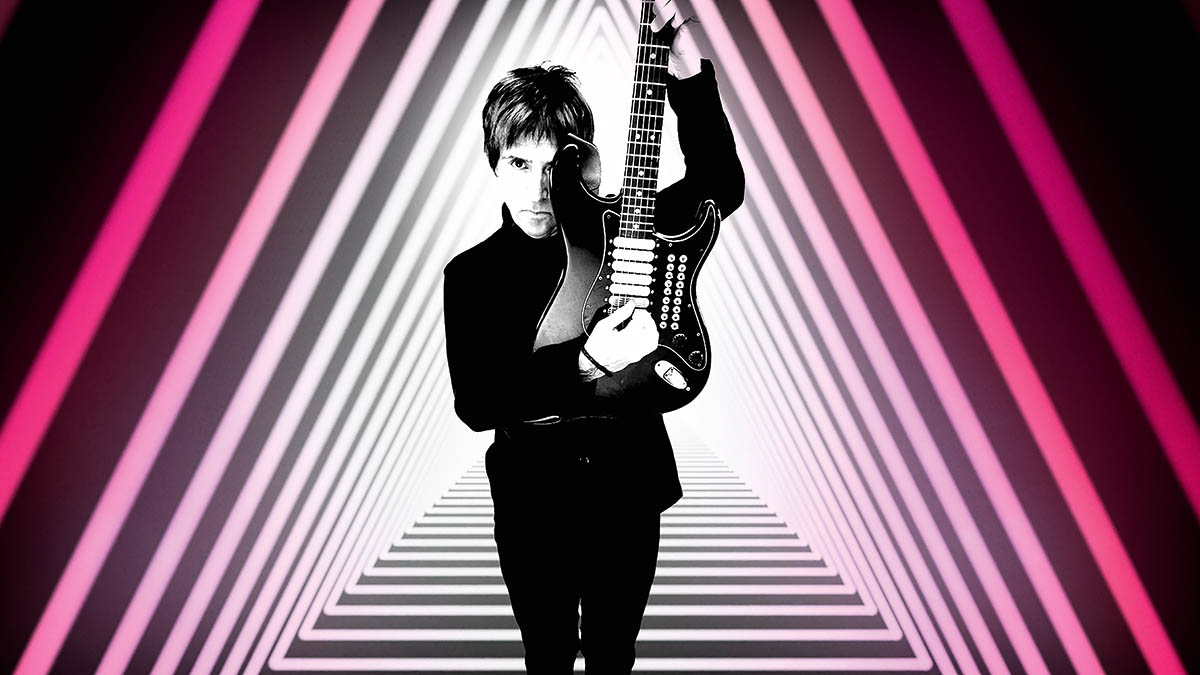
On October 4, 1982, an 18-year-old Johnny Marr walked on to the stage at the Ritz in Manchester to perform his first gig with The Smiths. A lifelong guitar devotee, Johnny had been playing in various local bands since the age of 13.
The Wythenshawe lad had “served an apprenticeship” and was ready to take on the world. Four decades on, as he speaks to Total Guitar from his Manchester home, it is obvious Johnny’s enthusiasm, curiosity, and love for playing guitar remains as strong as ever.
His latest solo album – Fever Dreams Pts 1-4 – is an expansive sonic masterpiece that brings together myriad styles while somehow managing to retain that quintessential Johnny Marr sound. The secret lies in his instrument of choice.
“Me and my band feel a duty to represent the guitar,” Johnny says. “As more time has gone on, I’ve reverted to the idea that if there is space for an instrumental passage then it has to be done on the guitar, because that’s what people want from me.”
Johnny Marr co-founded The Smiths, the groundbreaking British indie band, just when the guitar world was in dire need of a new kind of antihero. Johnny’s inimitable tone underscored the band’s gritty elegance and forged an aesthetic that has galvanised generations of guitar players since.
Within The Smiths’ five-year lifespan, Johnny recorded a slew of timeless tracks that remain touchstones of guitar technique. By the time the guitarist had parted ways with his band in 1987, he had established himself as one of the most in-demand players around.
At the age of 23, Johnny had already created the kind of legacy many hope to achieve in a lifetime. And yet the young guitarist’s musical life was only just gathering momentum.
Get The Pick Newsletter
All the latest guitar news, interviews, lessons, reviews, deals and more, direct to your inbox!
Like pretty much everybody who reads your magazine, I’m a sucker for guitar gadgets and technology
Before long, Johnny found himself in the studio with the likes of new wave pioneers Talking Heads and The Pretenders, even touring with the latter for a brief period. Since then, his work as a session player has seen him hopping genres with a plethora of musicians including Bryan Ferry, Billy Bragg, Bert Jansch, Hans Zimmer, Noel Gallagher, Beck and John Frusciante.
At the same time, Johnny has pursued various longer-term projects. Riding high on the wave of Manchester’s late 80s rave scene he joined forces with Joy Division and New Order founder Bernard Sumner to form Electronic, releasing a trio of albums throughout the 90s.
Simultaneously, Johnny became a fully-fledged member of post-punk outfit The The, stamping his unique identity into the band’s sound as they scaled the charts with hits like The Beat(en) Generation and Dogs Of Lust.
As a new millennium got underway, Johnny’s career took a more direct turn with Johnny Marr + The Healers. Having self-produced the group’s 2003 album, Boomslang, Johnny confidently stepped into his role as a name artist and frontman (though fans would patiently have to wait another decade for his first bona fide solo release).
In the meantime, Johnny immersed himself in several other collaborative projects, notably American indie rockers Modest Mouse, with whom he recorded 2007’s US Billboard 200 number one album We Were Dead Before The Ship Even Sank.
The following year, Johnny teamed up with Wakefield alt-rock brothers The Cribs – a creative venture that culminated in the 2009 UK top ten album Ignore The Ignorant. Appearing at major festivals including Glastonbury and Lollapalooza, he toured extensively with the band until finally deciding to focus on a solo career.
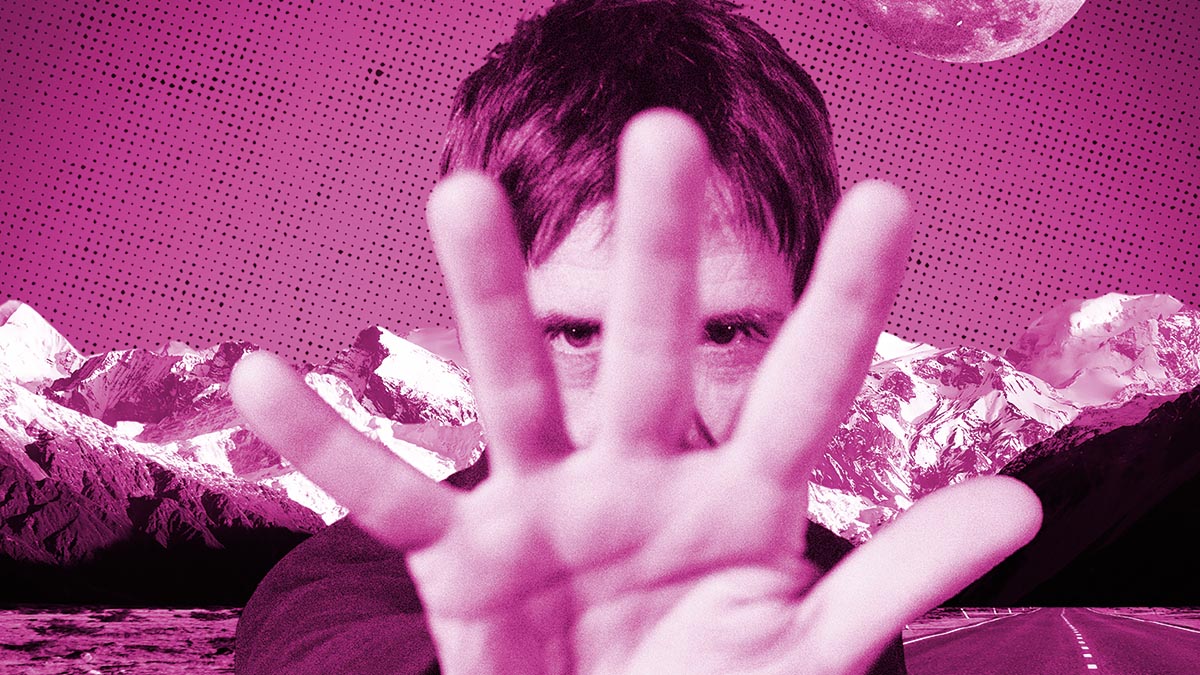
Unveiled in 2013, The Messenger album heralded the arrival of Johnny Marr the solo artist. Co-produced with long-time collaborator James Doviak (better known simply as Doviak) this was quickly followed up by Playland in 2014 and the Adrenalin Baby live album in 2015.
After spending a year writing the candid autobiography Set The Boy Free, Johnny then continued to follow his calling as a solo artist, emerging triumphant from the studio in 2018 with a third album, Call The Comet.
Now, Fever Dreams Pts 1-4 continues his trailblazing trajectory. “If people want to know what I do as a solo artist,” he says, “it’s all there across four or five albums.” In a lengthy conversation, Johnny talks in depth about his latest endeavours as a solo artist and reflects upon his long and varied musical career as one the UK’s most influential guitar players.
How does Fever Dreams Pts 1-4 compare to your previous solo album, Call The Comet?
“With Fever Dreams, I was going into my studio in this old factory building during the daytime on my own – this big industrial space with all these windows which were flooded with light.
“It was completely the opposite to my experience recording the previous album which was very much nocturnal. And that’s why the album cover is the way it is – the picture of me in a completely empty room with no one else around.
“That was my experience of making the record and I think that’s seeped into a lot of the music. I get a lot of the basic ideas together on my own in my own setup and then I call [James] Doviak in, my co-producer. He’s a Jedi on Pro Tools. But I’ve also been operating Pro Tools for many years, so I do know that stuff. I got even more into the sonics on this album than any other.
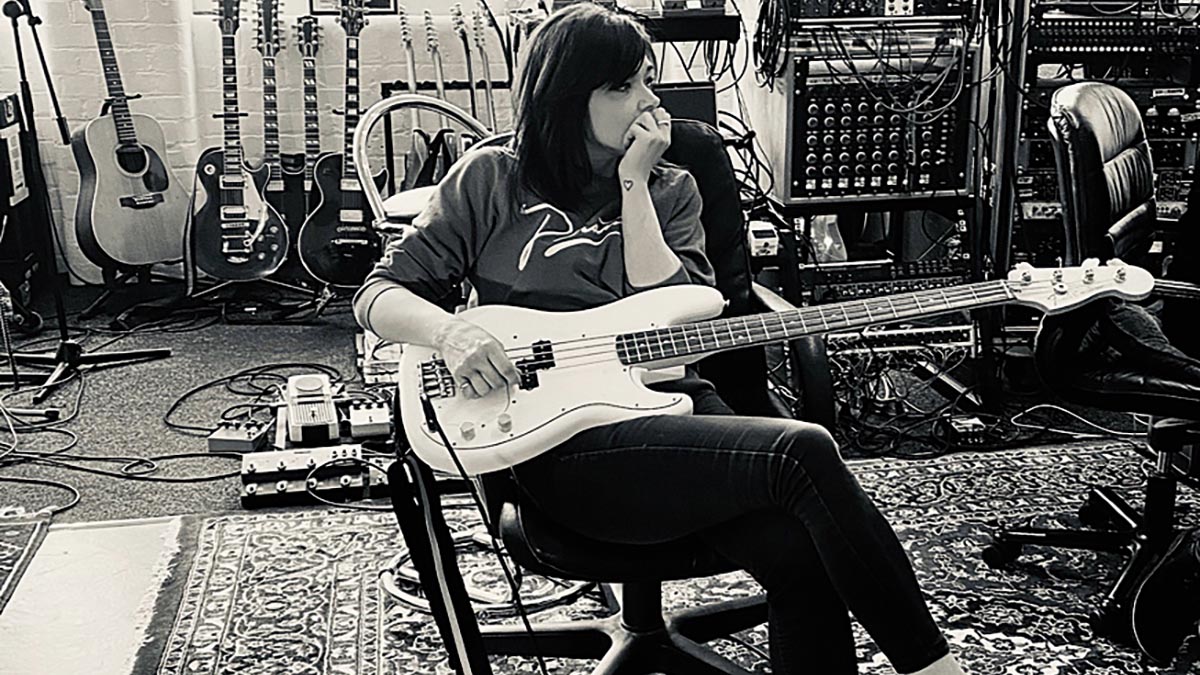
“For a very long time, I was the guy who was first in the studio in the morning and the last to leave. Like when I was producing with Electronic, I tended to be in there first thing and leave last because it was my studio.
“In my thirties and forties I was very into engineering and programming, but then when I started with the solo band it was just a good idea to get someone in who can take over.”
What were you going for in terms of overall sound with this new album?
“I wanted it to be slightly more hi-fi than the last record. My frame of mind was more about the kind of technology I was using. I think that may have been something to do with the pandemic, but it was also just where my head was at.
“Because I’d decided it was going to be a double album, that gave me the idea, maybe subconsciously, that the sound was going to be a bit more expansive.”
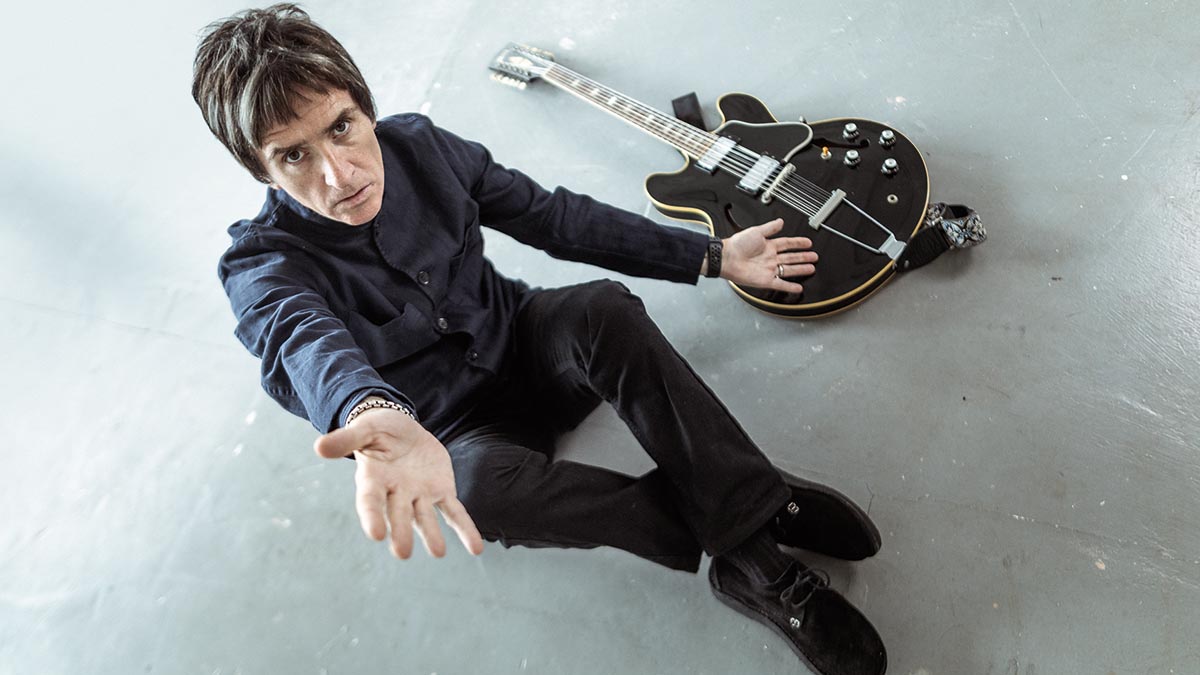
What does the title Fever Dreams mean to you?
“I had the title Fever Dreams before the pandemic, but what was happening to everybody fed into the concept of the record. I wanted to write about consciousness and perception. For the song Hideaway Girl, I wrote the lyric ‘Every day is a fever dream’.
“I don’t know about you, but my experience of lockdown was of time not meaning what it should. I’ve had conversations with people where it seemed like weeks were whizzing by in seconds. And then other times a day would feel like a week.”
Practically speaking, how did you go about fine-tuning the sounds to fit your vision?
“I paid more attention to the software plug-ins I’d bought whilst being out on the road. I also borrowed a drum machine from Steve Morris [Joy Division, New Order] which was a good thing because he was very helpful when some of the software wasn’t behaving like it should have been. So, thanks Steve!”
What guitar effects did you use across this album?
“Like pretty much everybody who reads your magazine, I’m a sucker for guitar gadgets and technology. But I tend to have a pretty good and quick instinct for what sounds are going to work for overdubs. I’ve always tended to be able to find a sound to go with a part.
“Usually, the part comes first in my ears. And then I kind of go, ‘I know that’ll work really well on an MXR flanger’ or ‘the Carl Martin chorus pedal on a really slow speed will really do the job there,’ for example.
“There is a lot of Uni-vibe on this record. I’ve got a 90s Roger Mayer Voodoo Vibe – they’re really great. And I’ve got a Fulltone Deja’Vibe. It’s a sound that not every pedal maker gets right. The song Sensory Street is built on a Uni-Vibe riff. That was a Hendrix-style riff I was kicking around.
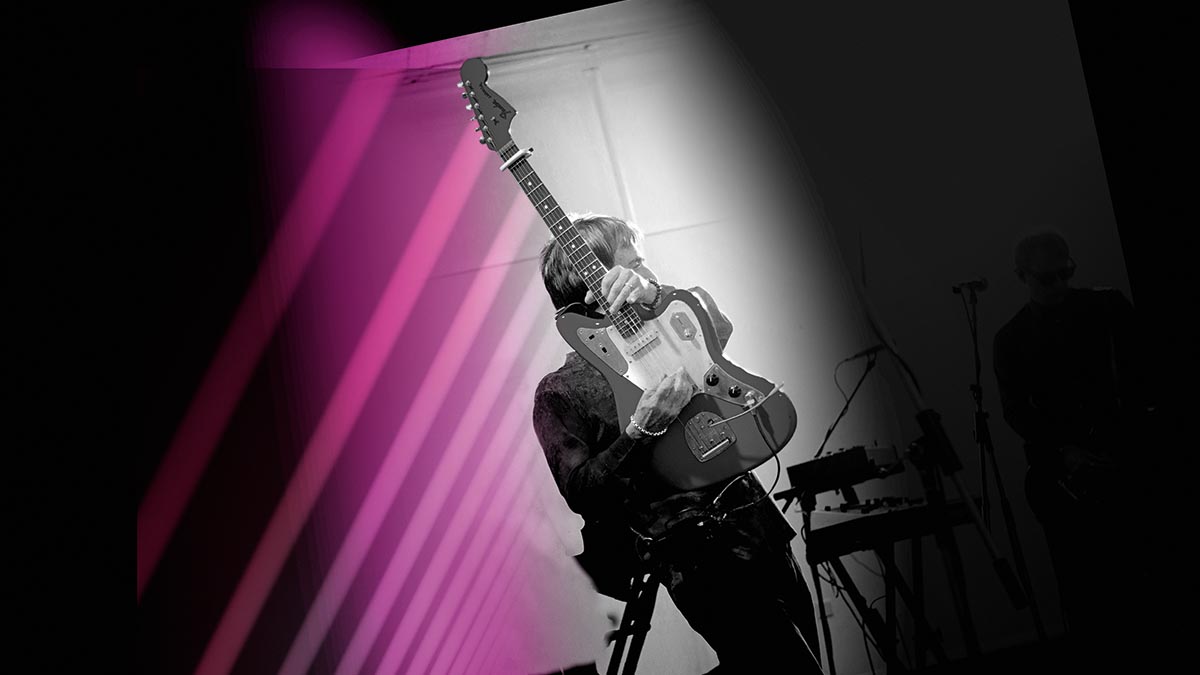
“There’s also a fair bit of the Boss RT-20 Rotary [Ensemble] used on the album. The other Boss pedal I really love is the TR-2 Tremolo. During my days in The The and Modest Mouse, I experimented a lot with modulation – even ring modulation. There are a few different things I like.
“You can go round and round forever with these things, but the chorus in the Kemper is really good, I like Electro-Harmonix stuff, and the [Strymon] BlueSky, Eventide... the list goes on and on. But overall, Boss pedals are great, and the Carl Martin pedals are really beautiful. I use the Carl Martin [Headroom] reverb pedal a lot.”
What gain pedals do you like to use?
“For years now I’ve used the Carl Martin AC-Tone and PlexiTone. They work really well with my [Fender] Jaguar[s].”
What guitars did you use on the album?
“I used the new Jaguar a lot, of course. I also used a Yamaha SG-1000 quite a bit. The Yamaha SGs are really great instruments to play. Around the time I left school in 1980, a lot of the innovative players had switched to the [Yamaha] SG, most notably John McGeoch [of Siouxsie And The Banshees].
“Andy Partridge was playing one in XTC for a while. Stuart Adamson was playing one with Skids. And also [Be-Bop Deluxe founder] Bill Nelson, who was very important to my generation. As good as those players were, when I left school, I wanted to do something of my own. Vintage guitars were the holy grail for me. So, I sidestepped the Yamaha.
“My thing with The Smiths was about Gretsches and Strats and Rickenbackers. Doviak and I decided to track Yamaha SGs down about ten years ago. They do the thing a Les Paul does, but with a different kind of articulation. And those pickups are a little more hi-fi. They’re a good alternative to a Les Paul. And they were beautifully made. They make me play in a very precise way.
“I also used my Smiths 1980s red Les Paul with the Bigsby. That’s always on the records. That’s been on more records than any other guitar, including [The Smiths’ 1985 classic] Meat Is Murder. I use that a lot to play clean arpeggios and to double [track] the Jag. It adds a real creaminess.
“I use a couple of ’73 Les Paul Customs for that kind of glam thing. You can hear that on Tenement Time particularly. I always have the Jag in there somewhere. But the Les Paul made me come up with the riff for that song. It’s a very glam rock kind of song.”
Which 12-string guitars did you use?
“I used a new Auden 12-string acoustic. They’re really beautiful, well-made acoustics. I used that on Counter-Clock World to do a pseudo-Eddie Cochran thing. I sometimes double lead parts to make it stand out a little bit.
“For my 12-string electric sound I used a Gibson EDS-1275 double neck. I discovered those by accident when I was recording Inception [with Hans Zimmer]. It was about one o’clock in the morning and the sound still wasn’t right, but I wasn’t ready to call it a day. I knew it had to be a 12-string but the only one in the building happened to be a double-neck.
Transistor amps have a sonic presence that puts the sound right in your face. It’s sort of an Ennio Morricone sound
“I thought, ‘alright, I’ll give it a go,’ and so I strapped myself in and it turned out to be the best 12-string sound ever! The combination of the [shallow] SG depth, that larger width, and the humbucker sound all adds up to a darker, deeper picture. It darkens that 12-string top-end chime up in a really good way. Also, you can leave the other unused half of the guitar ringing out in an open tuning, which sometimes works well at high volume.
“When I was recording the Bond movie [No Time To Die] soundtrack, I happened to come across a single-neck 12-string SG, which is a bit of a rarity. I owned a black [Gibson ES-] 335-12 back in the day. In fact, up until the last album, that’s what I was using.”
What guitar amps did you use this time?
“I tend to always use the same amps – my ’64/’65 Fender Deluxe Reverb and a Fender Super Reverb from around 2008 (my Modest Mouse amp). I also used an early 60s Fender Twin and a late 60s Marshall Plexi. But for some parts I used an HH Electronics combo – it’s got some really nasty solid-state distortion.
“For this album, I also dug out my old Roland JC-120 Jazz Chorus amp. Transistor amps have a sonic presence that puts the sound right in your face. It’s sort of an Ennio Morricone sound.
“Some of the best examples of transistor amps are on the first Buzzcocks album, Another Music In A Different Kitchen – songs like Autonomy and Fiction Romance. Mic'ing up a Roland JC-120 is very pleasing. The chorus sound is incredible.”
The Roland JC-120 was one of the amps you used during the earliest days of The Smiths. It’s nice to hear some of those familiar sounds on Fever Dreams...
“Sonically, I feel like I was let off the leash a little bit. I kind of decided to just do what the hell I wanted. When I’ve been talking about the album, I’ve started to notice that some people are mentioning bits of it sound like stuff I did in Electronic, stuff I did in The The, stuff I did in The Smiths. And I realise that’s not only because of the 90s electro sounds.
“It just didn’t occur to me that some people might think, ‘he’s quoting himself,’ or, ‘he’s being self-referential.’ I had to answer that with: it’s my sound; I fucking invented it. I can use it as many times as I like!”
It’s my sound; I f**king invented it. I can use it as many times as I like!
Where in other people’s music do you hear your influence?
“I suppose you hear echoes of what I’ve done in what got called dreampop several years ago – but with other people’s own twist on it. Just when you think it’s been done to death, a new generation runs with their own imaginations.
“Which is very gratifying and very flattering to me. When I was asked to do The Avalanches collaboration a few years ago [The Divine Chord from 2020’s We Will Always Love You], they sent me the track and I almost thought, ‘I should do someone trying to do me.’
“That was a bit of a first. When they sent me the track, I could hear what they were going for. It was like, ‘I see, you want a kind of dreampop thing here.’ But I’d rather do that than just me doing a version of me.”
How would you define that sound?
“The thing we’re talking about here is a clear ringing sound that is modulated and quite dreamy. When I hear it, I just think I’m listening to like-minded souls, really. I don’t think I’m hearing people who are copying me. I think they probably would have done it anyway.
“The stuff I’ve done may have inspired their imagination, but everyone’s approach is a sensibility. If you’re playing with the sort of sound I use, I think it’s a sensibility and it is kind of a statement. I still think that sound is trying to be out of the box a little bit and fighting against anything that is too kind of gnarly. In my case it was trying to be heady, in a way.
“I don’t see it as being particularly polite though. Something like [The Smiths’] The Headmaster Ritual or The Messenger are quite neo-psychedelic, if I was going to put a word on it. To me, it’s heavier than someone who thinks they’re trying to do Led Zeppelin. And it’s more interesting.
“The guitar really helps you stamp your own identity – on your band and ultimately on the world, or at least anyone who’s listening anyway. I love that about the guitar.
“You obviously have to get past the initial bit of finding your vocabulary and being adept, but that thing I’m known for with my sound was fairy deliberate. That’s one of the great things about the instrument – you are expressing yourself and you are taking a position.”
What artists influenced your approach to guitar tone early on?
“My approach to sound had been on my mind quite a lot. When I left school, there was a new movement of people who were thinking along the same lines. But they were all a little older than me – people like Will Sergeant [Echo & The Bunnymen] and Robert Smith [The Cure].
“People often overlook what Robert Smith was doing on guitar. The fact that he joined Siouxsie And The Banshees was really fucking cool. Keith Levene [Public Image Ltd] and John McGeoch, too. In our own little ways we were all thinking along the same lines, which is anti-rock.
It wasn’t about being pretty and polite just because you were playing clean. Listen to Charlotte Sometimes by The Cure and what Robert was doing on that
“But we also wanted to bring a certain kind of mystery and, dare I say, an underground kind of ‘drugginess’ to it. In other words, it wasn’t about being pretty and polite just because you were playing clean. Listen to Charlotte Sometimes by The Cure and what Robert was doing on that. I went to see a lot of these bands when I was a kid and I have to give credit to the times. It rubs off on you. We were all young, and it all added up to this feeling of futurism.
“The main proponent of it who had kicked that off in the UK was Bill Nelson with Be Bop Deluxe, and his first couple of solo records with Red Noise. Bill Nelson was very respected. Be Bop Deluxe were pre-punk – around 1974/75.
“I saw Be Bop Deluxe a couple of times and he was great because he was doing flash stuff on guitar that all teenage boys like, but his songwriting and approach was not hoary old blues rock; he was doing this kind of glam art-rock thing.”
In more recent times you discovered an affinity with the American indie scene...
“I’d gone off British rock music because I felt that a lot of it from the late 90s was starting to sound like a lame imitation of OK Computer. A lot of the things I liked on the guitar were coming out of America. Broken Social Scene’s first album [Feel Good Lost] restored my faith in what guitar bands can do.
“When I started to explore that American scene a bit more, I realised all roads led to Modest Mouse. But I couldn’t work out what their influences were. And I found that really refreshing. I just knew I liked it. We really hit the ground running and got on a very creative streak.

“I fell back into my experience of being a teenager when the chemistry is really good. The Cribs happened like Modest Mouse happened in that we initially got together to do something short and temporary. When it comes to me joining bands it’s really a matter of having been through such an intense experience with other people making music that it would just be plain fucking rude to bail.
“When I’m writing songs at a rapid rate and having a great time in a creative situation, everything in my life comes secondary to that. I just get completely focused and single-minded. To get serious for a minute: I’m not really sure how great that is for you as a human being. But that’s the way I’ve been since I was a kid. And that’s what I’ve had to do to make this double album.”
When I’m writing songs at a rapid rate and having a great time in a creative situation, everything in my life comes secondary
So you’re still as single-minded as you’ve always been?
“Yeah. It’s not just my name, but it’s the next chapter in my life and I know I’m going to be judged on it and it’s got to sustain me and my band for the next couple of years. I know this all sounds very serious. But I don’t know any other way.”
- Fever Dreams Pts 1-4 is out now via BMG.
Rod Brakes is a music journalist with an expertise in guitars. Having spent many years at the coalface as a guitar dealer and tech, Rod's more recent work as a writer covering artists, industry pros and gear includes contributions for leading publications and websites such as Guitarist, Total Guitar, Guitar World, Guitar Player and MusicRadar in addition to specialist music books, blogs and social media. He is also a lifelong musician.
“There’d been three-minute solos, which were just ridiculous – and knackering to play live!” Stoner-doom merchants Sergeant Thunderhoof may have toned down the self-indulgence, but their 10-minute epics still get medieval on your eardrums
“There’s a slight latency in there. You can’t be super-accurate”: Yngwie Malmsteen names the guitar picks that don’t work for shred

![A black-and-white action shot of Sergeant Thunderhoof perform live: [from left] Mark Sayer, Dan Flitcroft, Jim Camp and Josh Gallop](https://cdn.mos.cms.futurecdn.net/am3UhJbsxAE239XRRZ8zC8.jpg)









